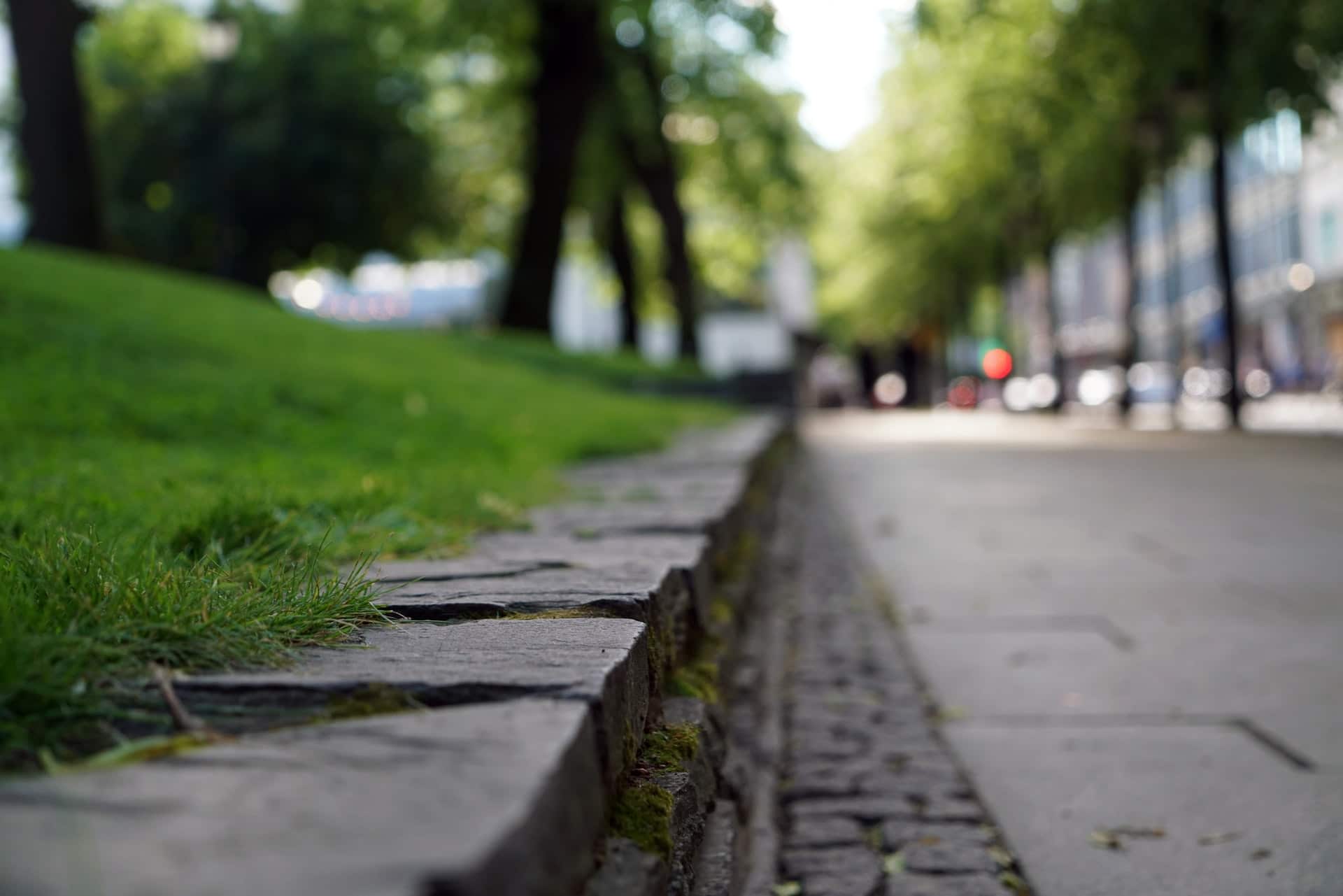Unfortunately, thousands of people suffer accident injuries in Ontario every year. Sometimes, municipalities can be held liable for damages, for example where they have jurisdiction over a highway, bridge or sidewalk but fail to keep it in a reasonable state of repair. It is useful to keep this in mind if you have been injured in a motor vehicle or slip and fall accident.
This article looks at municipal liability and the defence of minimum maintenance standards. We also look at a recent case of the Superior Court of Justice of Ontario in which a municipality sought to rely on the minimum maintenance standards for inspecting sidewalks to avoid liability for a slip and fall accident.
Municipalities are required to maintain highways and bridges
Under the Municipal Act 2001, the municipality that has jurisdiction over a “highway or bridge” is required to keep it in a state of repair that is reasonable in the circumstances. Even though the legislation speaks of highways and bridges, this includes sidewalks. A municipality that fails to do so is, subject to the Negligence Act, and liable to pay damages sustained because of this failure.
This does not apply in certain circumstances, for example, if the municipality establishes one of the three statutory defences:
- it did not know or could not reasonably have been expected to have known about the highway’s state of repair;
- it took reasonable steps to prevent the default from arising; or
- at the time the cause of action arose, it complied with any minimum standards established by the Minister of Transportation.
What does a plaintiff need to prove?
To successfully bring a claim against a municipality, the plaintiff needs to prove that:
- the municipality failed to keep the road or sidewalk in question in a reasonable state of repair; and
- the state of non-repair caused the accident.
If the plaintiff succeeds, the municipality can:
- seek to rely upon one of the statutory defences set out in the legislation; or
- to reduce but not eliminate the damages payable, seek to establish contributory negligence by showing that the plaintiff’s conduct caused or contributed to their injuries.
What is a minimum maintenance standard?
The Minister of Transportation is permitted to make regulations establishing minimum standards of repair for highways and bridges, or any class of them. These can be general or specific in their application.
The Minimum Maintenance Standards for Municipal Highways Regulation 2002 (Minimum Maintenance Standards) sets out the minimum standards of repair for highways under municipal jurisdiction.
In particular, it contains standards for sidewalk surfaces discontinuity, which refers to a vertical height difference in the sidewalk, such as at cracks or joints. The standards include the following:
- The standard for the frequency of inspecting sidewalks to check for surface discontinuity is once per calendar year, with each inspection taking place not more than 16 months from the previous inspection.
- An inspected sidewalk is deemed to be in a state of repair with respect to any surface discontinuity until the next inspection, provided that the municipality does not acquire actual knowledge of the presence of a surface discontinuity in excess of two centimetres.
- If a surface discontinuity on or within a sidewalk exceeds two centimetres, the standard is to treat the surface discontinuity within 14 days after acquiring actual knowledge of the fact.
If minimum standards apply to the highway and the alleged default, and they have been met by the municipality, it will not be liable for the injury caused.
Plaintiff fractured wrist in slip and fall accident
In Cromarty v Waterloo (City), the plaintiff tripped on a city-owned sidewalk in Waterloo. She caught the right toe of her shoe on the raised edge of the sidewalk and fell forward onto her right arm, fracturing her wrist, injuring her shoulder and hitting her face.
The plaintiff claimed that the sidewalk was not in a reasonable state of repair, which caused her injuries.
Court finds that sidewalk was in a reasonable state of repair
Justice Broad found that the sidewalk in question was in an area of moderate pedestrian traffic. The City conducted annual sidewalk inspections, and the area where the plaintiff tripped was not identified as a defect.
His Honour preferred the defendant’s measurements, which were done using a combination square rather than a wooden ruler and a piece of cardboard. They showed the height difference between the two sidewalk slabs to be no more than 18.5 mm at the highest point.
His Honour decided that the maximum height differential of two centimetres provided for in the Minimum Maintenance Standards was reflective of a reasonable standard in the context of a sidewalk with moderate pedestrian traffic. Given that the height difference was less than two centimetres, his Honour found that the sidewalk was in a reasonable state of repair.
Because the plaintiff failed to prove that the municipality had not kept the sidewalk in a state of repair that was reasonable in the circumstances, the plaintiff’s claim was dismissed. It was not necessary for the City to rely on the statutory defence that it had complied with the minimum maintenance standard for sidewalks in Ontario.
Contact the Personal Injury Lawyers at Tierney Stauffer LLP for Advice on Slip, Trip, and Fall Accidents
Slip, trip, and fall accidents can happen anywhere, at any time of year. Slips, trips, and falls often mean a long and expensive road to recovery, and we aim to help those wronged by negligence obtain appropriate compensation.
The experienced personal injury lawyers at Tierney Stauffer LLP can help you determine whether someone else may be at fault for your slip and fall accident and whether you have a claim. We can help you to seek compensation and streamline the process to ensure your legal rights are protected. We recognize that no two accidents or accident victims are the same, which is why we give each claim the personalized attention needed to bring about the best possible resolution. Contact us at 1-888-799-8057 or reach out online to set up a consultation today.


